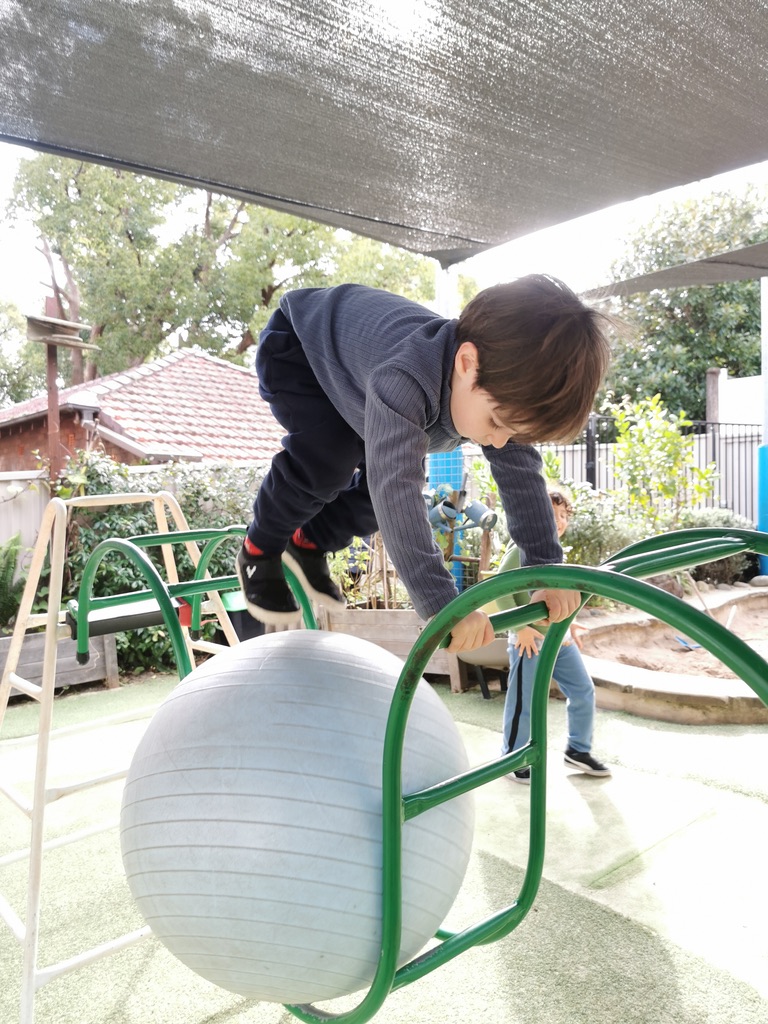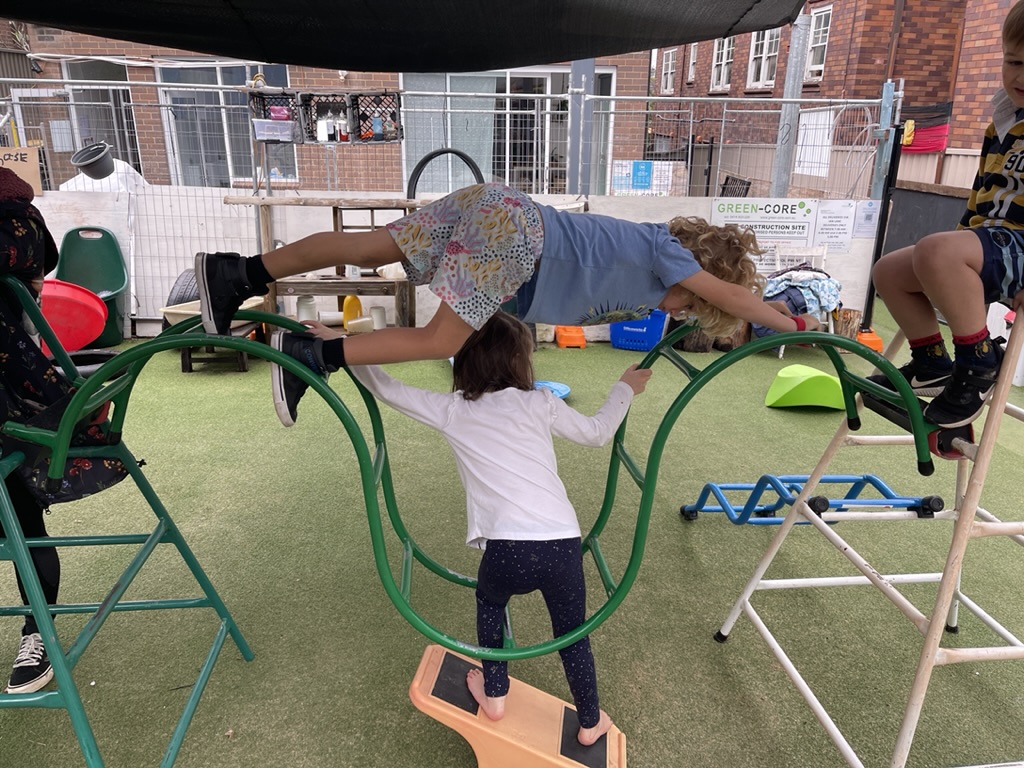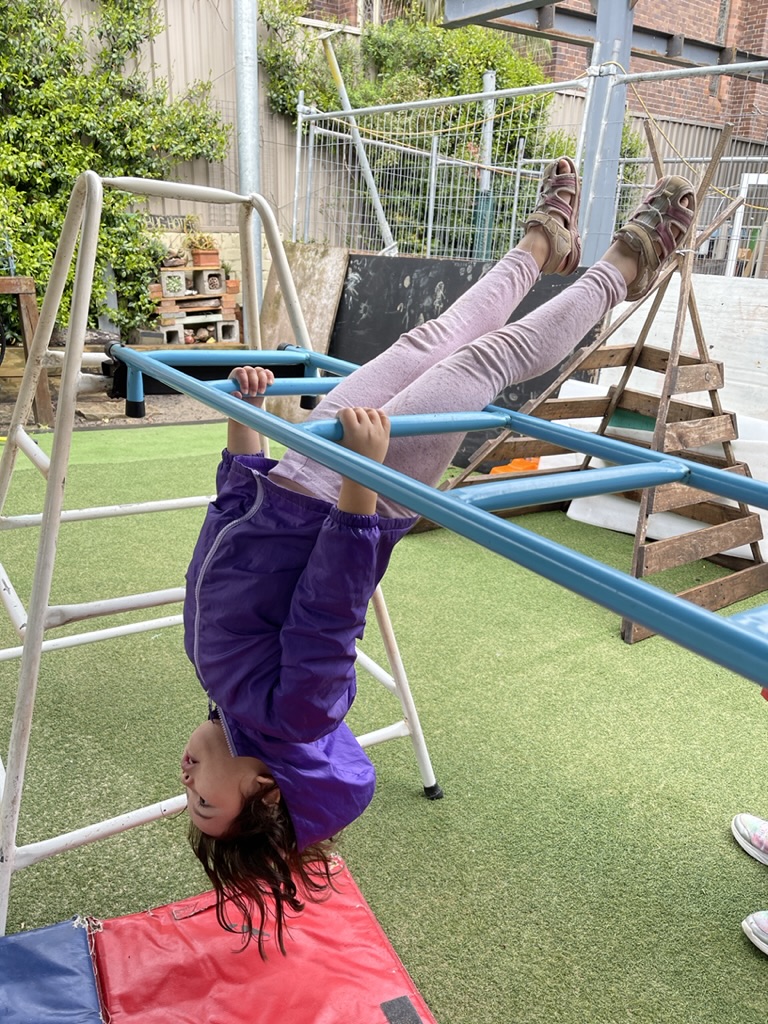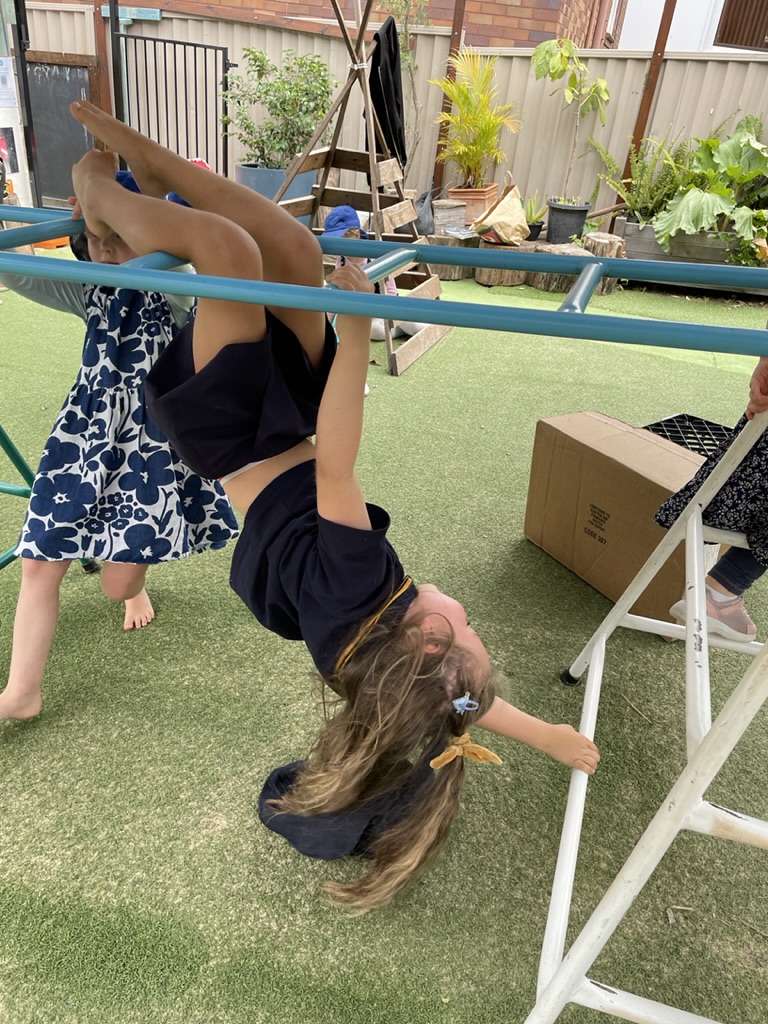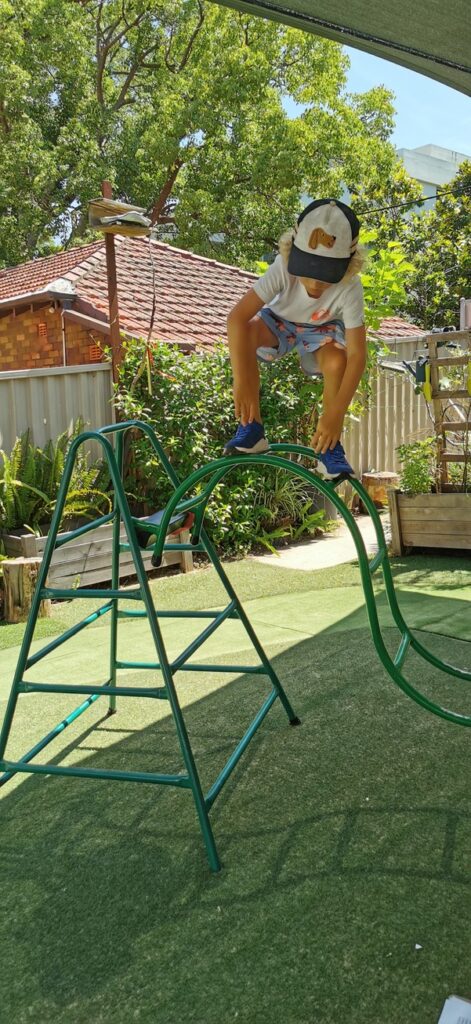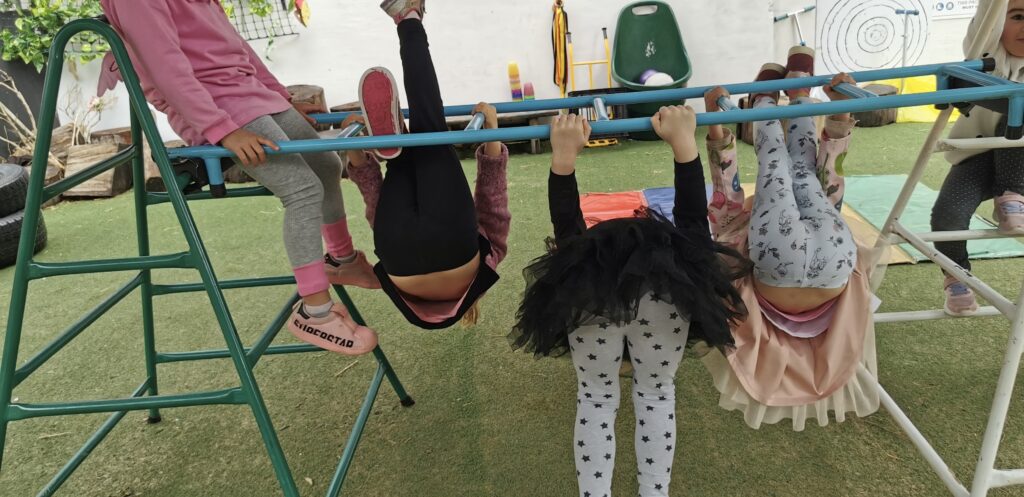
Monkey bars seem to possess a magnetic quality that makes them irresistible to children! If you have ever seen a group of children gathered around a set of those bars, you know what I am talking about. It’s like they have an unspoken understanding that this is the place to be. And why wouldn’t they? Monkey bars are the ultimate invitation for children to move their bodies in all sorts of ways – hanging upside down, climbing, balancing, and swinging. Those bars offer a world of endless possibilities that perfectly cater to the innate desire of children to explore and challenge themselves physically.
But there’s more to monkey bars than just fun and games. These incredible pieces of equipment provide numerous physical and cognitive benefits that go way beyond just entertainment. They are fantastic tools for developing proprioception, building upper body and core strength, improving hand-eye coordination, and enhancing hand strength. Monkey bars help in the development of children’s brains by providing crucial sensory information that helps build neural pathways. For all those reasons monkey bars should be a staple in our playgrounds !
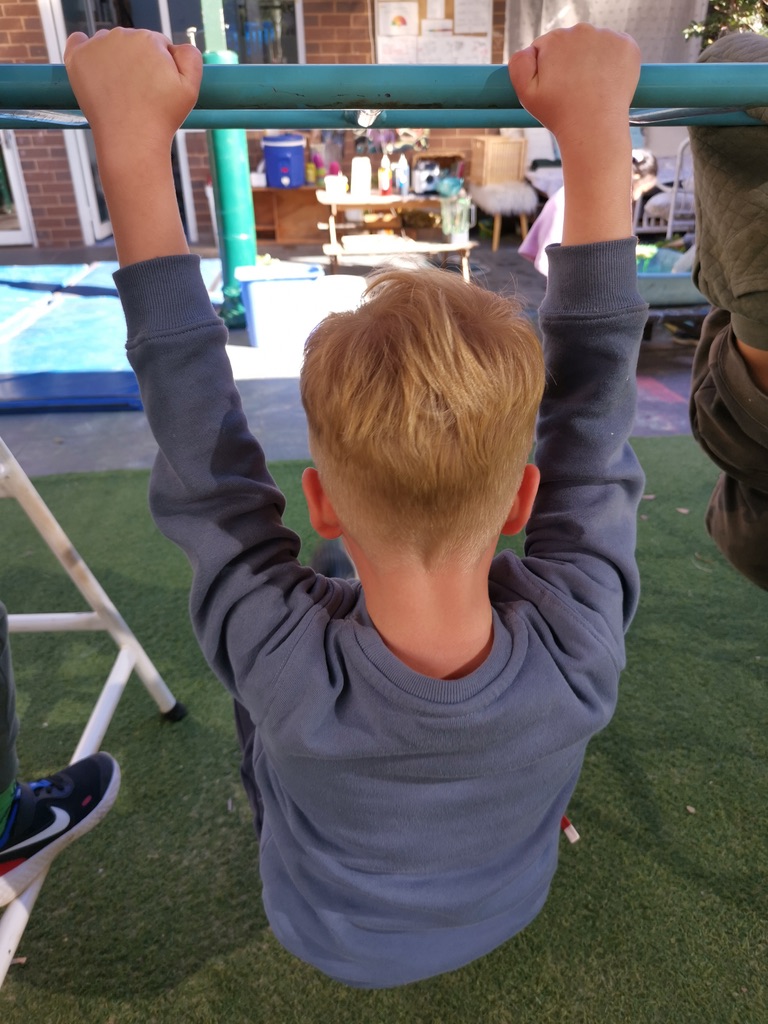


They are not just climbing, they are preparing their hands to hold a pencil properly!
“Climbing, hanging, swinging, and any other high-energy activities that build strength in the upper body and core muscles are vital precursors to fine motor skills”. (McCarthy, C. Connell, G. p.236).
As children play and explore the monkey bars, they develop gross motor skills and strength in their hands to do more refined movements such as holding writing instruments. A strong upper body helps to improve fine motor control because it builds up the muscular and neural base required for more precise and refined movements with our hands. So, hanging upside down and exploring other movements at the monkey bars can contribute a lot to improvement of children’s ability and confidence to manipulate writing implements as it builds the necessary strength in their shoulder, arms and hands necessary for fine motor agility and precision.
Children love the challenge!
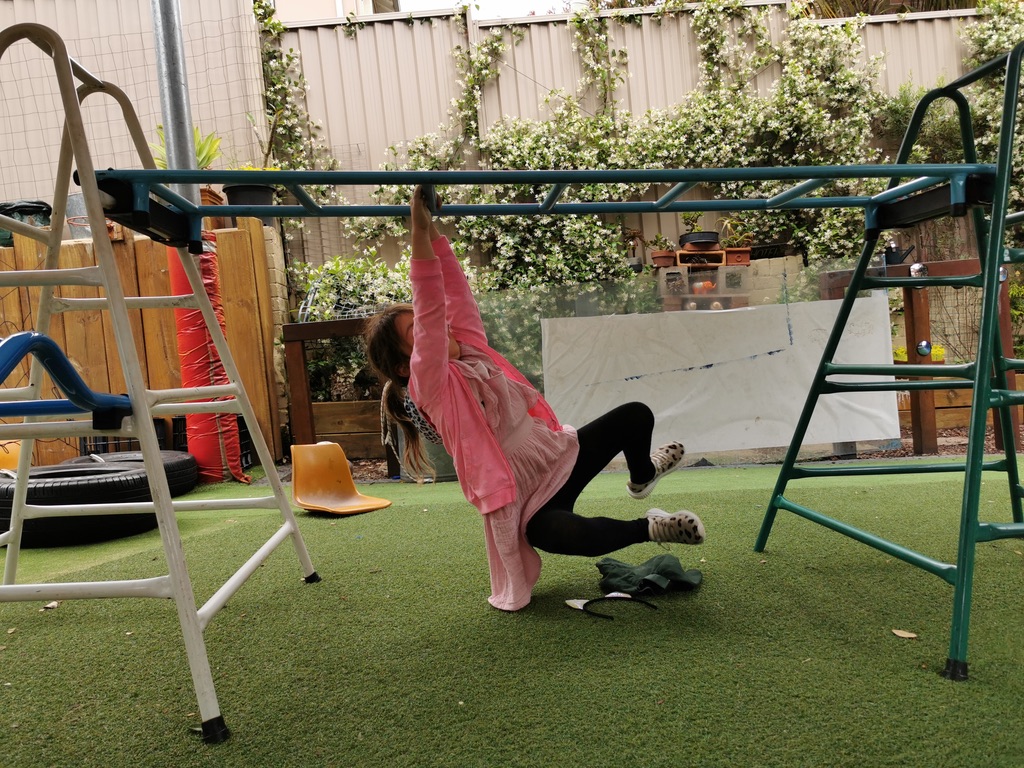
These climbing frames offer loads of opportunities for children to challenge themselves. Because there are so many ways they can move from one end to the other, flip their bodies, hang upside down, swing or skip bars. It’s wonderful to see how children set personal challenges for themselves, put in effort to achieve them, practice tirelessly, and excitedly celebrate their progress. With increasing confidence, they become bolder and more skilled, developing stamina, resilience, and an admirable disposition to accomplish their goals.
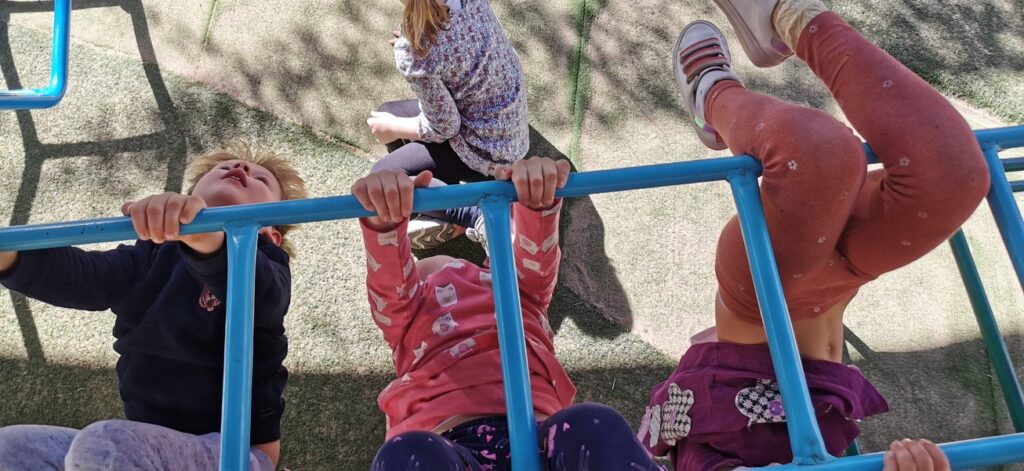
Look at me! Look what I can do!
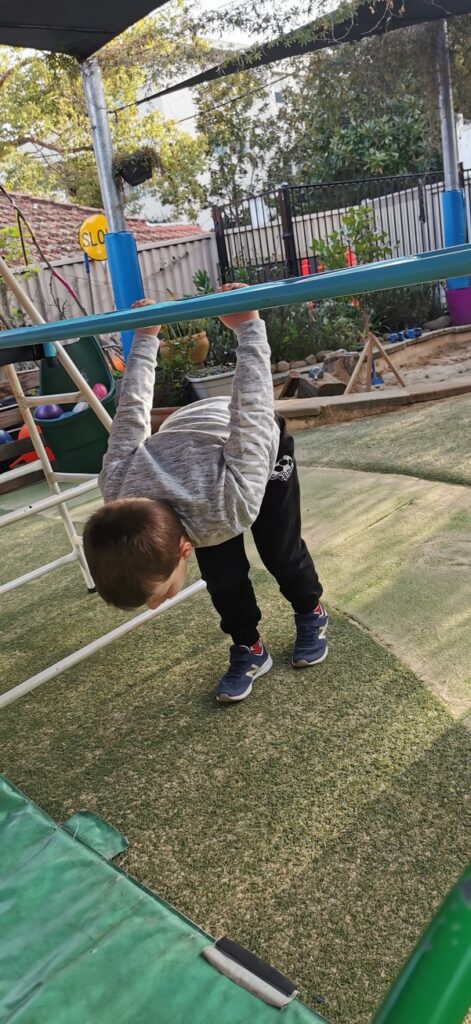
That’s the most common phrases we hear around monkey bars at our preschool. Usually children begin to explore the equipment as watchers before gradually gaining confidence to try out a few movements. As they continue to explore they become bolder and attempt more advanced moves. Of course they take great pride in their achievements and enjoy showcasing their newly learnt sequences. Through hard work and perseverance, they become more capable which gives a great boost to their confidence and emotional development.
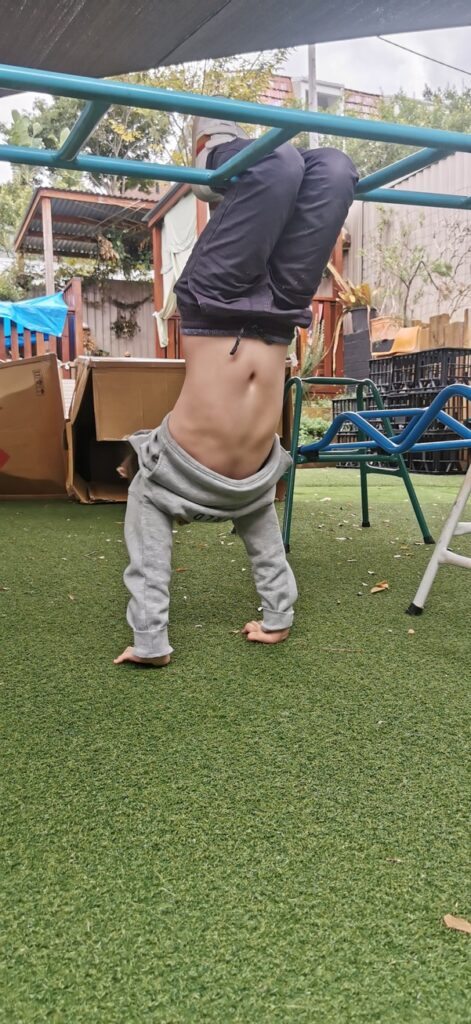
REFERENCE: Gill Connell, Cheryl McCarthy, 2013. A moving child is a learning child. How the body teaches the brain to think (birth to age 7).FREE SPIRIT PUB (MN)
